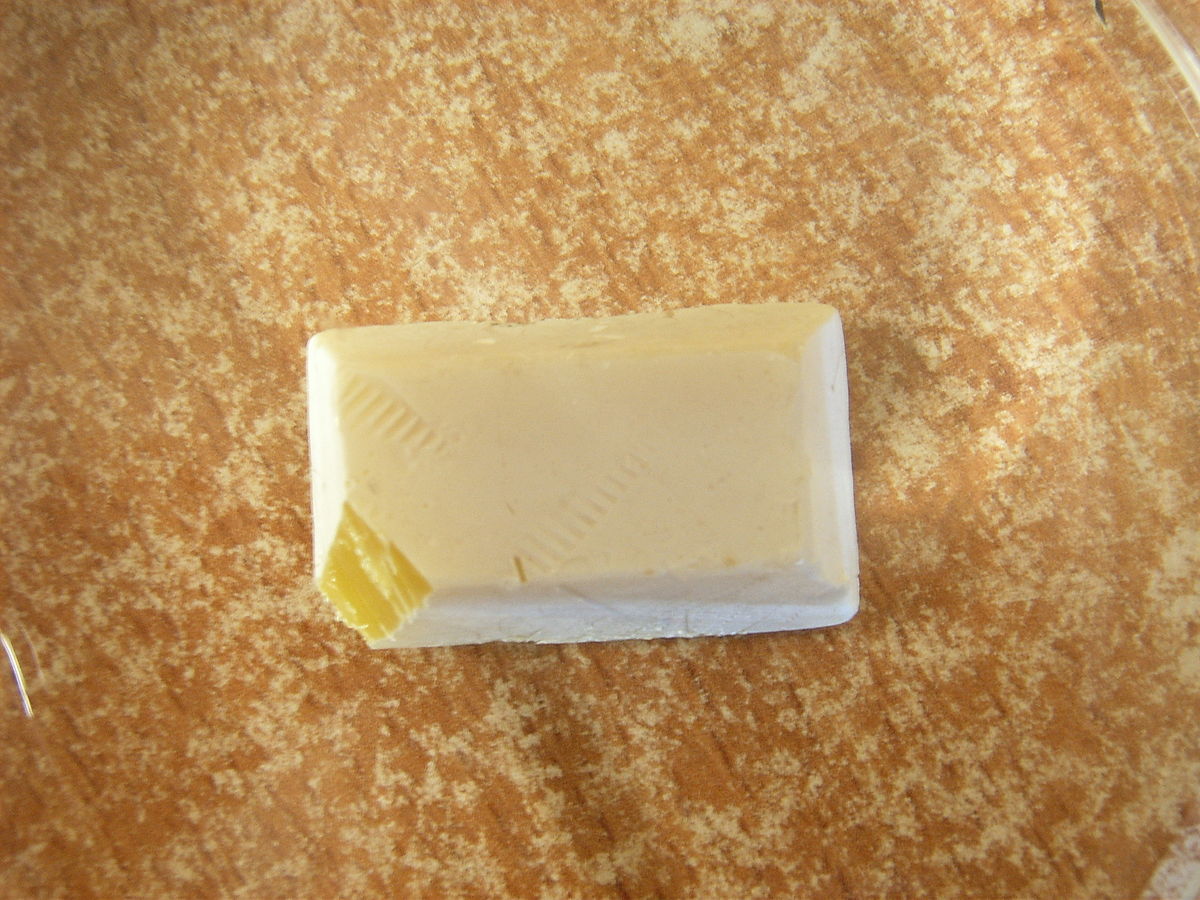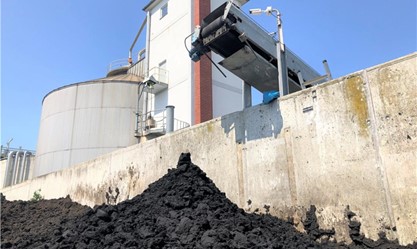In May 2021, 17 large companies, SMEs, non-profit organisations and universities from 5 EU countries have started to work on our H2020 project FlashPhos, aiming to build and operate a pilot plant to convert 250 kg per hour of dried sewage sludge at more than 1500°C to white phosphorus and other raw materials for the European industry. Why sewage sludge, why white phosphorus, what kind of other raw materials, why so many partners, and what has all this to do with the EU?
Sewage sludge as phosphorus source
In short: Phosphorus is essential for all life, e.g. as component of the DNA and of bones. We take in phosphorus through our food, and what our bodies cannot absorb ends up in sewage plants. There the phosphorus must be removed from the wastewater to avoid severe pollution of lakes and rivers.
And where does the removed phosphorus end up? You guess it right – in sewage sludge. The minerals of sewage sludge contain around 15% of phosphates, which makes them a veritable secondary phosphate source. In fact, sewage sludge is the biggest secondary phosphorus resource in industrialised countries. Hence, for almost three decades now, countless attempts have been made worldwide to recycle phosphorus, however, all of them so far without any breakthrough success.
Now what about White Phosphorus?
As most of the world’s phosphorus is processed to fertiliser, also most attempts to recover (recycle) phosphorus aim to produce some sort of fertiliser or fertiliser ingredient.
But also for other key industries, like chemical, metal, pharmaceutical and food industries, phosphorus is an irreplaceable element for many products. And these industries rely on elemental white phosphorus, or better substances produced from it.

Figure 1: The P4 molecule – four P atoms arranged in a tetrahedron1

Figure 2: White phosphorus is actually pale yellow. The white colour comes from a layer of oxides.2
What interests does the EU have in white phosphorus production from sewage sludge?
On the one hand, the EU depends on P4-imports from mainly Kazakhstan and Vietnam, which is rather risky for a reliable and steady supply. There is only a handful of direct consumers of white phosphorus in the EU, but they supply the entire European market with their products, serving as basic chemicals for pharmaceuticals, food additives, flame retardants and others.
On the other hand, for industrialised countries, sewage treatment plants are indispensable to keep their environments clean and their populations healthy. These plants produce inevitably sewage sludge, where next to a large quantity of phosphorus and nitrogen also all the harmful substances emitted by households and industry are concentrated.

Figure 3: Mechanically dewatered sewage sludge3
However, as the EU does not allow to landfill the material, and its incineration is rather expensive, most countries use it on fields and in parks as soil enhancer or fertiliser – spreading all the contaminants once removed from the wastewater, including pharmaceuticals and thousands of tons of microplastics, in the environment again.
In summary, in the EU there are no sustainable long-term solutions for white phosphorus supply and sewage sludge disposal. FlashPhos tackles both challenges. How does this work?
Find out in our next blog!
_______________
3Mittelbayerische.de, 05 June 2019; photo: Johannes Schiedermeier.

